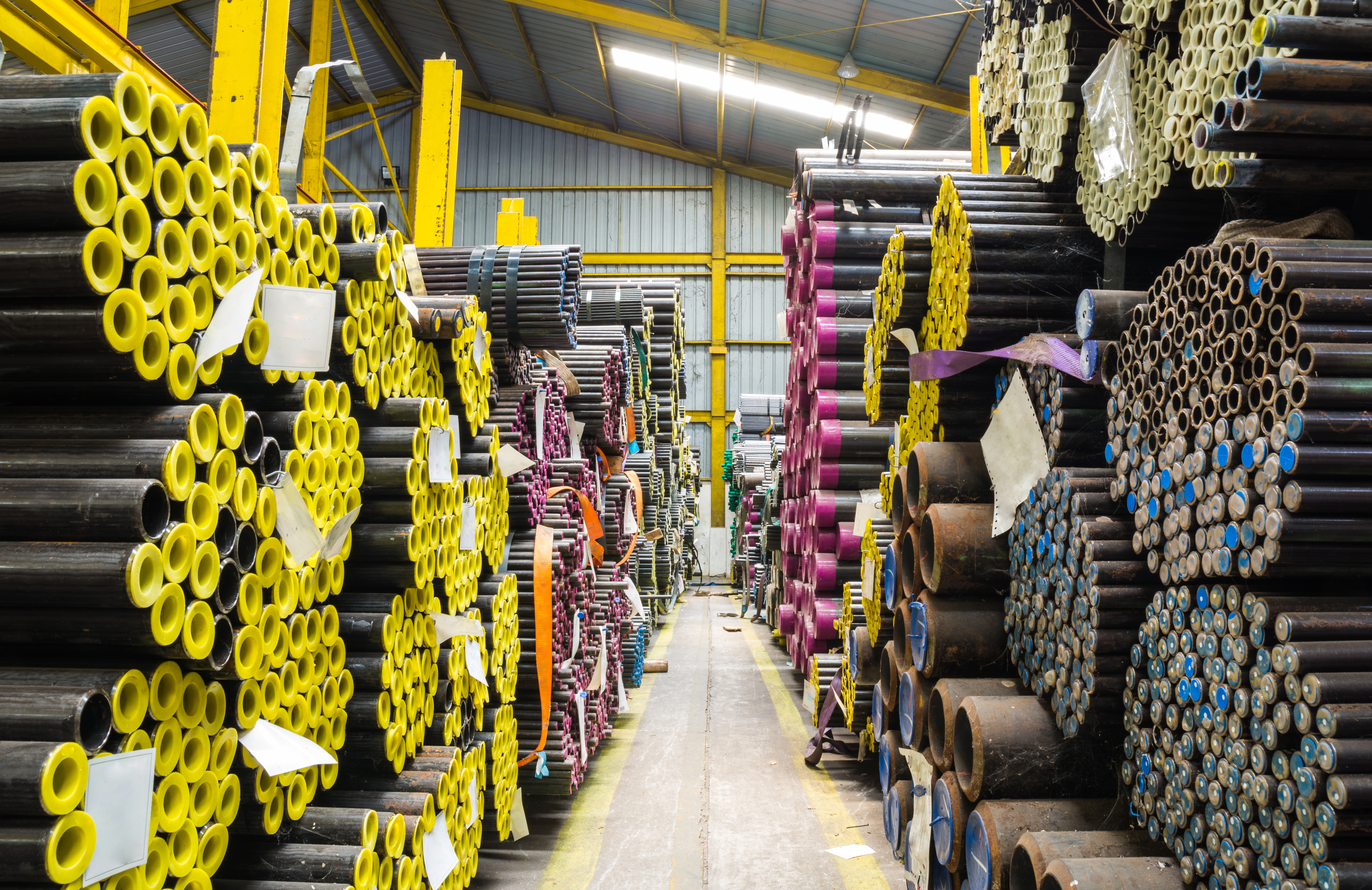KEY POINTS
-
New tariffs on Canada, Mexico, and the EU may raise costs for essential materials, leading to supply delays, project disruptions, and increased uncertainty across the U.S. construction industry.
-
Some materials may qualify for tariff exemptions under Free Trade Agreement rules, but complex supply chains and documentation requirements mean many imports could still face full tariffs, limiting the relief available.
-
Ongoing trade talks could influence tariff enforcement, material pricing, and construction project planning in the coming weeks.
Tariffs Announced on Key Trading Partners Amid Rising Deficits
On July 12, 2025, President Donald Trump announced via Truth Social his intent to impose a 35% tariff on Canadian imports and 30% tariffs on goods from Mexico and the European Union, starting August 1.
Citing national security concerns, including fentanyl trafficking and persistent trade imbalances, the proposal has triggered immediate diplomatic responses and caused concern across industries, including its potential to impact the U.S. construction industry, which relies heavily on North American and transatlantic supply chains.
The announcement follows new federal data showing the U.S. trade gap widened to $71.5 billion in May, with significant trade deficits reported between the United States and the European Union ($22.5B), Mexico ($17.1B), and Canada ($2.8B).
North American Imports Power U.S. Construction Supply Chains
Mexico and Canada are top U.S. trading partners, playing vital roles in supplying key inputs for housing, infrastructure, and commercial development. In 2024, the U.S. imported $510 billion from Mexico and $421 billion from Canada, accounting for nearly 30% of all imports, according to Trading Economics.
Over 70% of U.S. wood and sawmill product imports and 41% of aluminum product imports originate from Canada. The U.S. also imports large quantities of copper, cement, plastics, and fabricated iron/steel structures from Canada.
The U.S. sources 71% of its gypsum imports, more than half its insulated wire and cable imports, and significant amounts of structural steel and aluminum from Mexico, making Mexico the largest supplier of construction inputs to the U.S.
These trade dynamics were restructured under the United States-Mexico-Canada Agreement (USMCA), which replaced the North American Free Trade Agreement (NAFTA) in 2020. The agreement included stricter rules of origin, especially for steel, glass, and automotive components, as part of a broader effort to modernize regional trade compliance.
European Union Construction Exports at Risk
The European Union supplies nearly 20% of all U.S. imports, led by Germany, Ireland, and Italy. In 2024, EU countries exported $4.43 billion in construction materials to the U.S., including glass, iron and steel, and stone-based products like plaster and lime.
Though U.S.-EU trade ties have historically been stable, rising trade deficits are drawing it into Trump’s tariff strategy.
Construction Industry Braces for Rising Costs and Uncertainty
The construction sector is particularly exposed given its dependence on tariff-affected materials. Canadian lumber, Mexican gypsum, and EU-sourced glass and steel are essential to nearly all segments of the industry.
Tariffs could drive price spikes, echoing the impact of the 2018-2019 steel tariffs, which significantly increased domestic costs. The resulting price volatility could lead to bid uncertainty, delayed projects, and constrained supplier availability.
Industry stakeholders could see ripple effects, from cost fluctuations and supply delays to broader uncertainty in procurement and planning.
Staying informed on trade negotiations, exemption rulings, and material price trends will be crucial in understanding potential impacts and preparing for supply chain disruptions.
Can Exemptions Help? What USMCA and EU Rules May Allow
Some products may avoid tariffs under USMCA provisions if they meet rules of origin requirements, such as being wholly made in North America or meeting certain regional value content (RVC) thresholds.
Substantially modified goods may also qualify for relief under tariff shift rules. However, complex supply chains, especially for products like precast concrete, insulation, and electrical assemblies, may struggle to meet these standards.
The EU is also pursuing critical exemptions, particularly for vulnerable or high-dependency industries.
While exemptions are likely to reduce impacts for some materials, they won’t eliminate exposure across the board. Products with clear North American origin or well-documented sourcing may see limited cost disruption, while others, especially those with global or blended supply chains, may still be subject to full tariff rates.
In many cases, eligibility for relief will depend not just on where a product comes from, but on the availability of proper documentation.
For construction professionals, the significance of these exemptions will depend on the specific materials and suppliers involved, making it essential to follow how implementation guidance and exemption lists evolve in the coming weeks.
Canada, Mexico, and EU Signal Opposition to Tariffs
The international response to the proposed tariffs has been swift.
Canada’s Prime Minister plans to meet with his cabinet to weigh responses and consider potential countermeasures.
Mexico’s president expressed optimism about reaching a resolution through negotiations.
EU leaders are threatening “proportionate countermeasures” if exemptions aren’t granted. European Commission President Ursula von der Leyen confirmed trade ministers are convening in Brussels this week to discuss response strategies.
Timeline: Key Trade Talks Ahead of August 1 Tariff Rollout
The tariffs are set to take effect on August 1, 2025.
EU, Mexican, and Canadian officials are expected to hold trade summits during the remainder of July to de-escalate the situation.
A USMCA joint council meeting will likely convene before August to address questions around exemptions, rules of origin, and potential dispute resolution.
While the outlook remains fluid, decisions made in the coming weeks will likely shape material costs, project delivery timelines, and sourcing strategies for the construction industry in the foreseeable future.
About ConstructConnect
At ConstructConnect, our software solutions provide the information construction professionals need to start every project on a solid foundation. For more than 100 years, our insights and market intelligence have empowered commercial firms, manufacturers, trade contractors, and architects to make data-driven decisions and maximize productivity.
ConstructConnect is a business unit of Roper Technologies (Nasdaq: ROP), part of the Nasdaq 100, S&P 500, and Fortune 1000.
For more information, visit constructconnect.com








